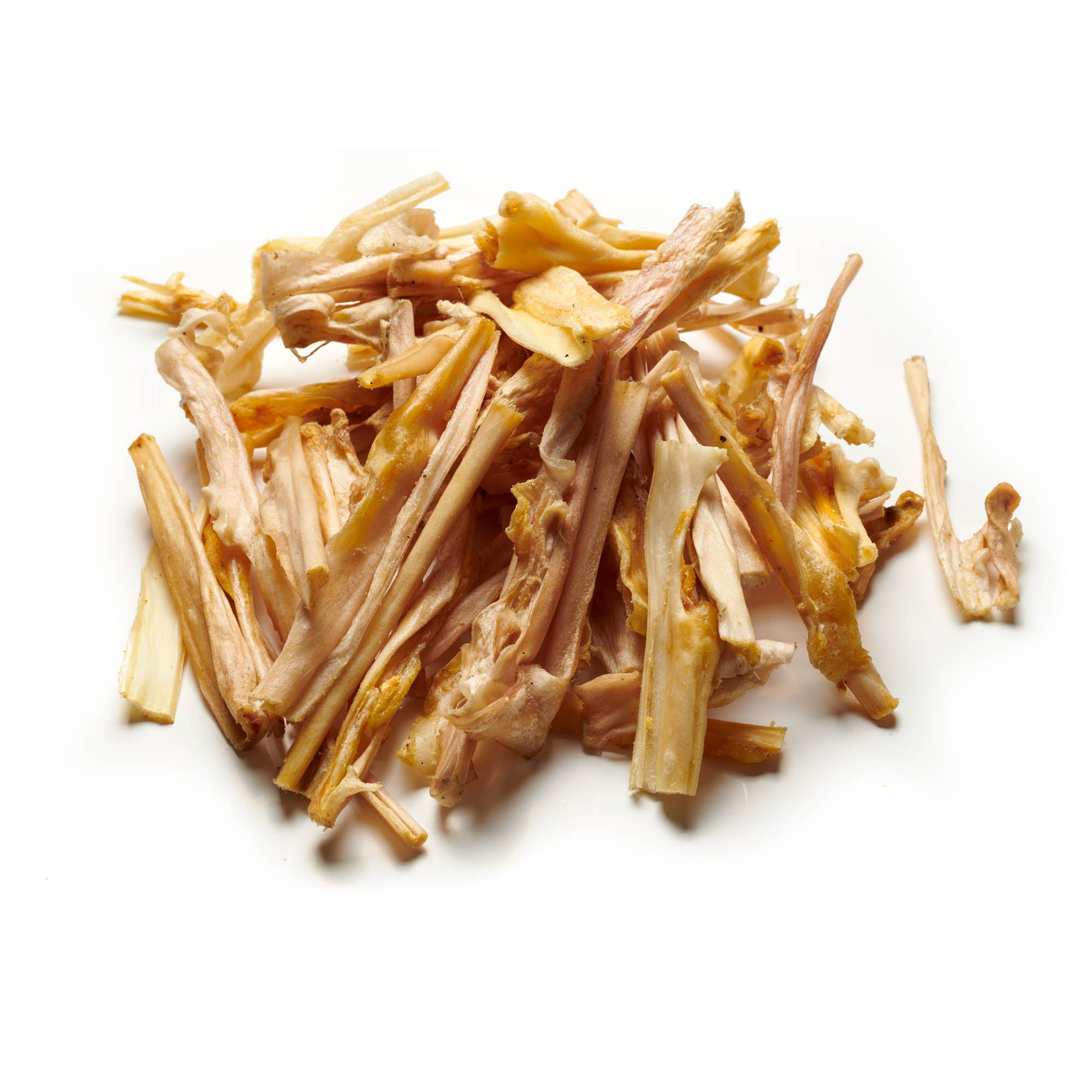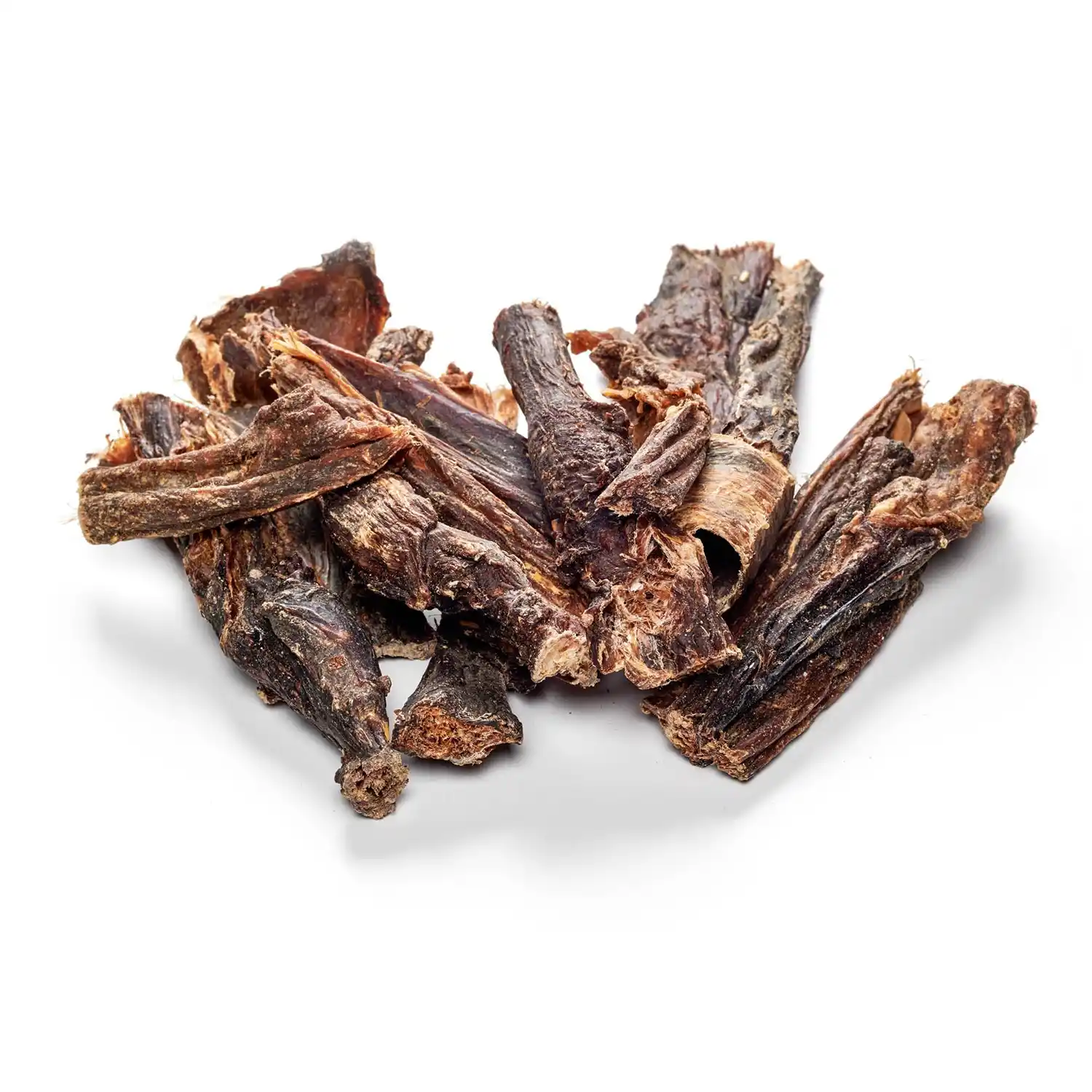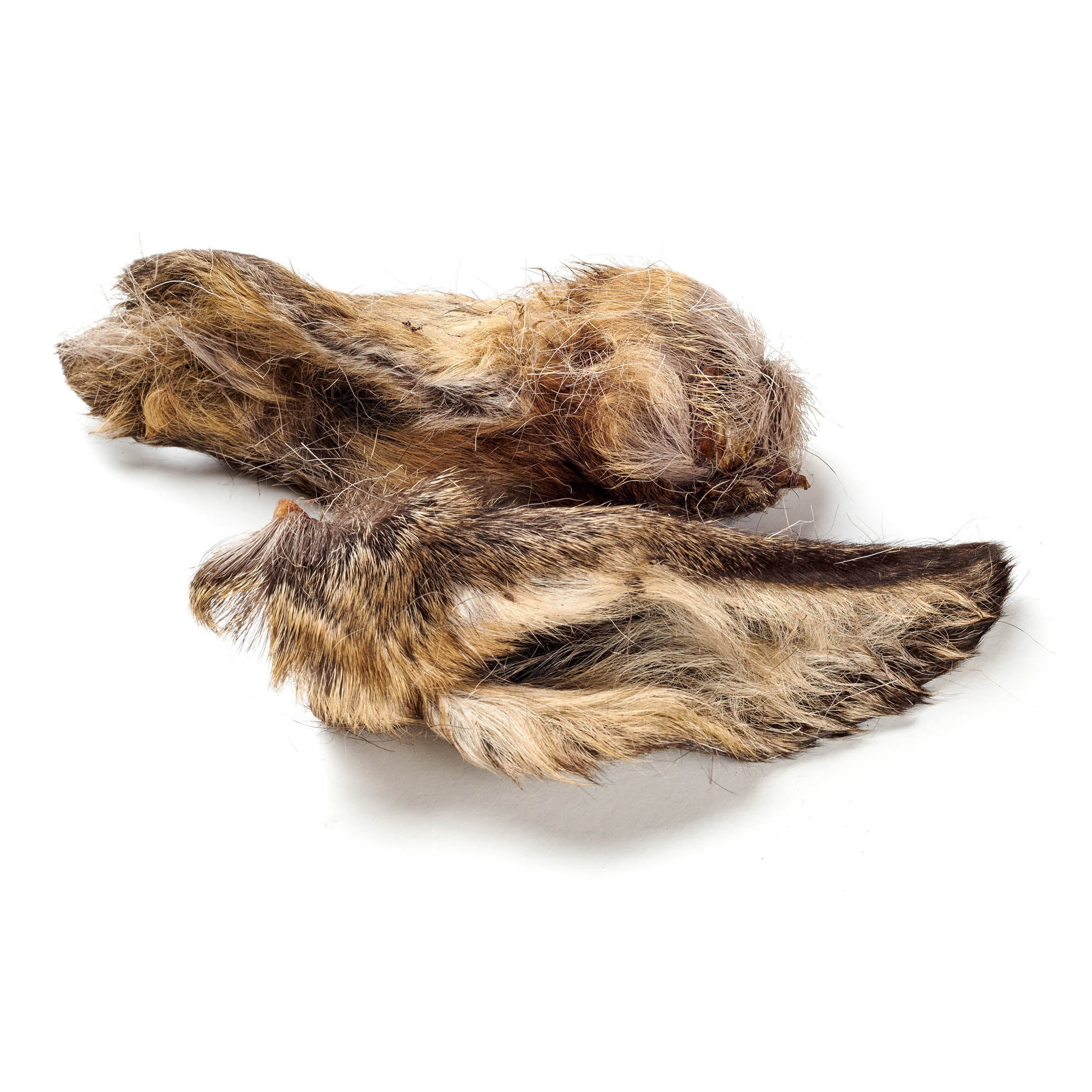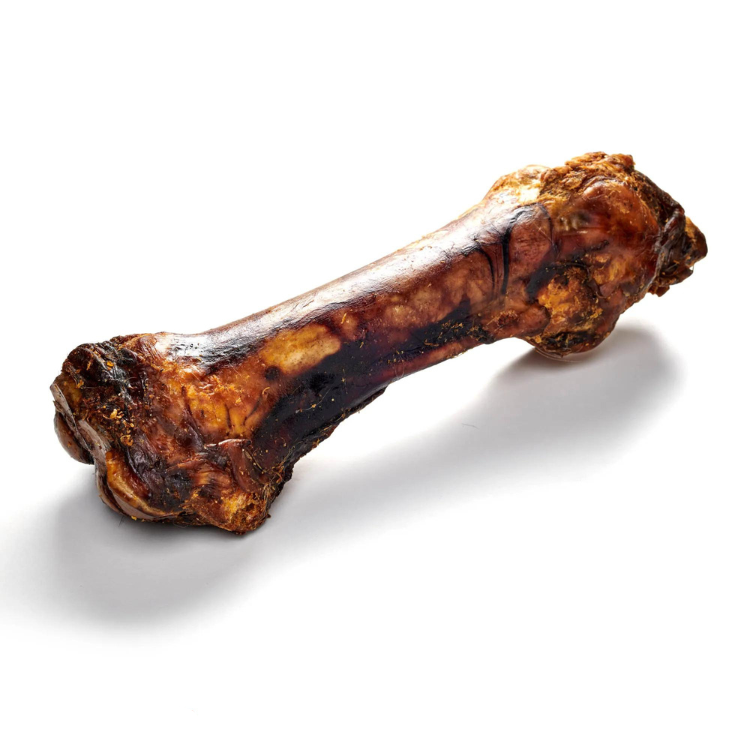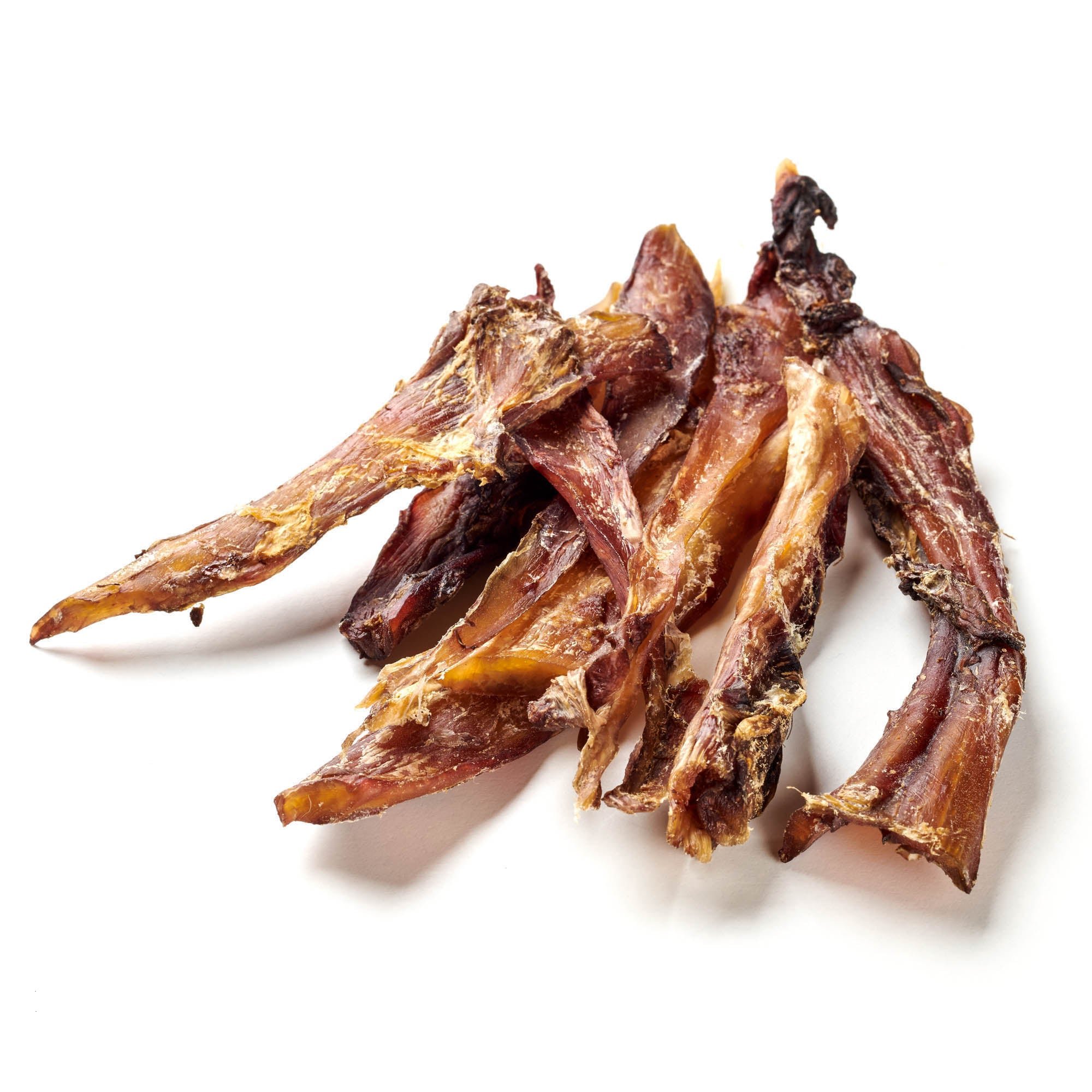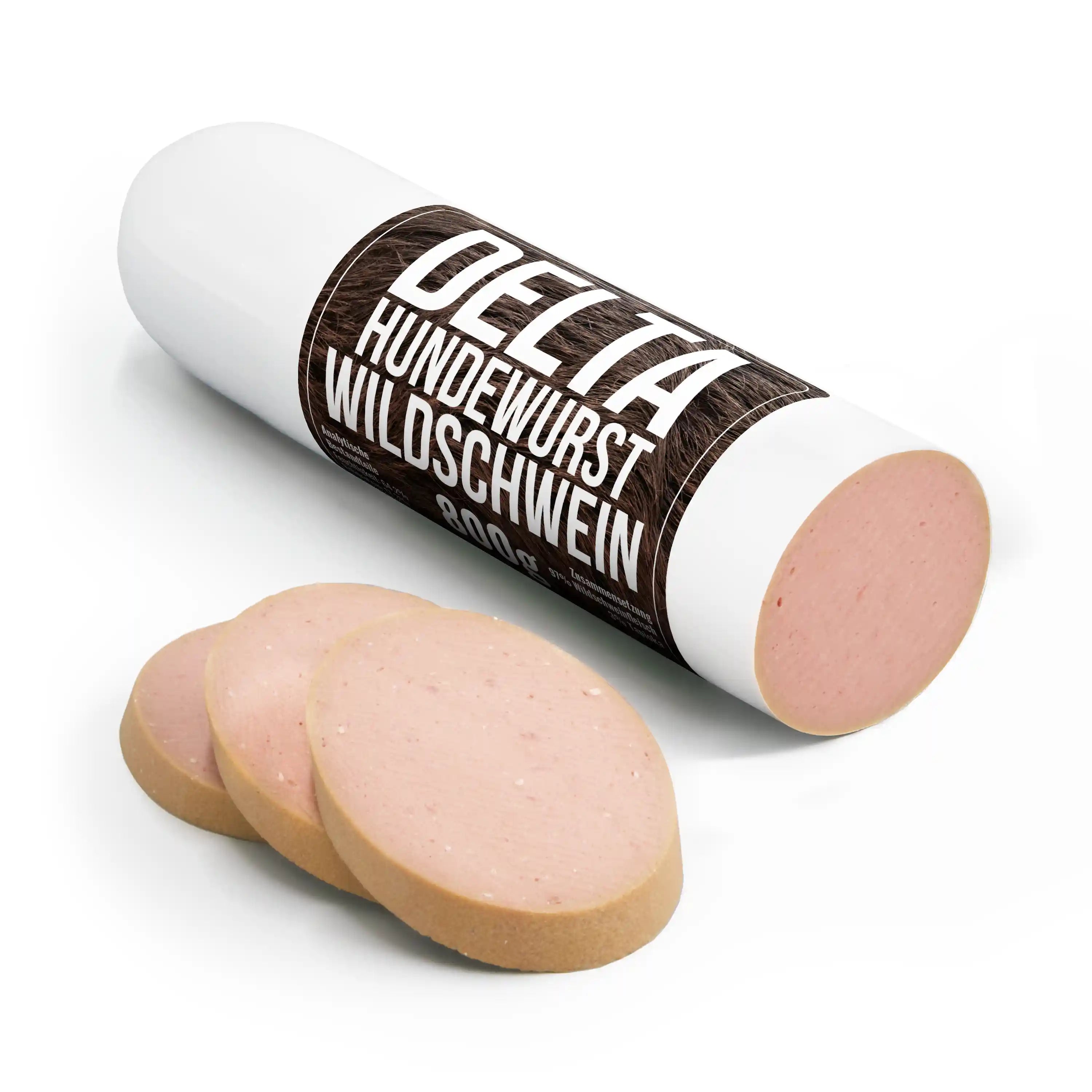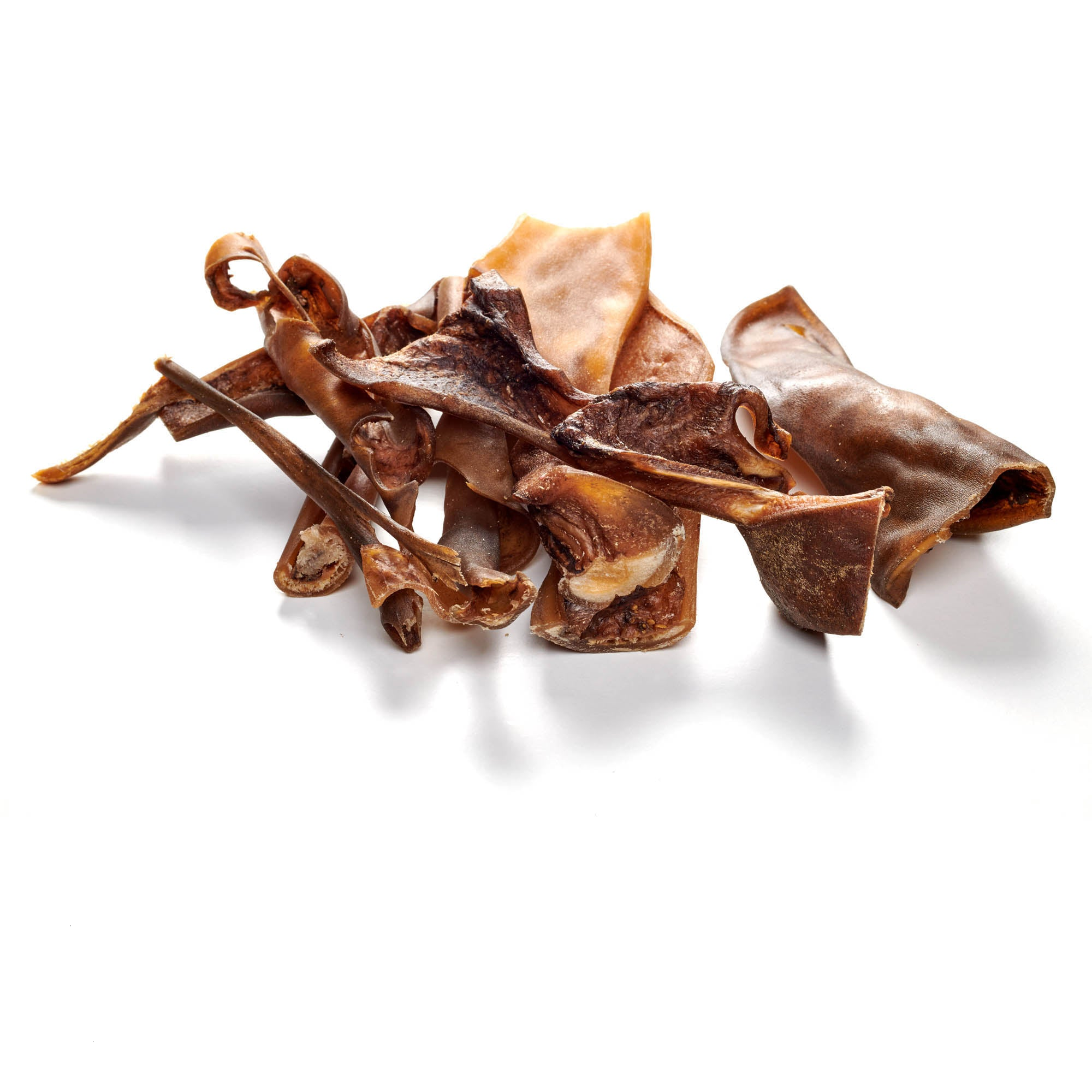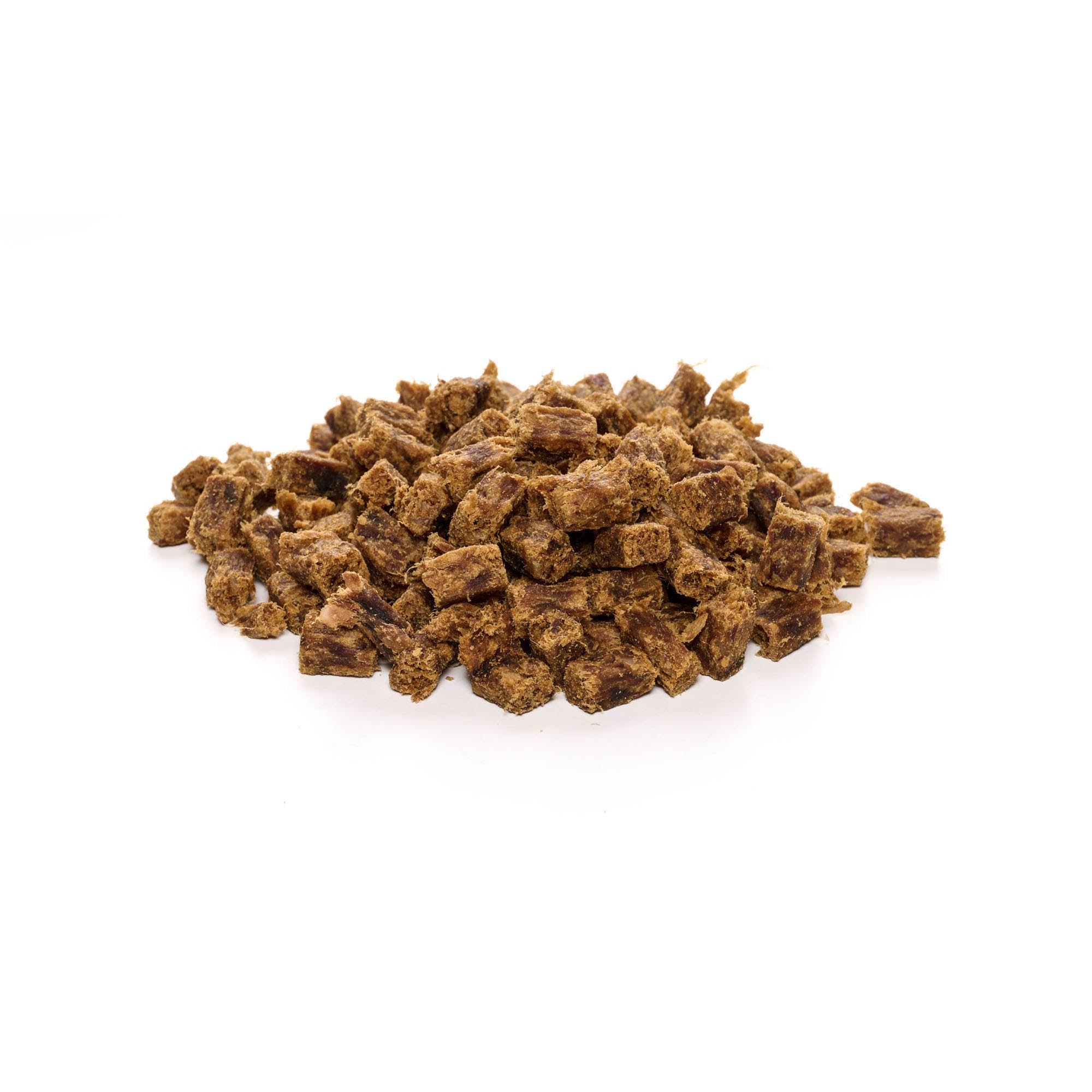
What you should know about hunting dogs
Share
Before purchasing a hunting dog, it is advisable to do extensive research on the breed. Only if the dog's nature and disposition match your lifestyle and requirements will you be able to enter into a happy partnership as a team.
Content: What you should know about hunting dogs.
- Hunting dogs - division into areas of application
- Hunting dog - pointing dogs
- Continental Pointers - Braque
- Continental Pointing Dogs - Spaniels
- Continental pointers - Griffon
- English and Irish Pointers
- Hunting dogs - hunting dogs
- Hunting dogs - retrievers
- Hunting dogs - Bracken or hunting dogs
- Earth dogs
- Bloodhounds
- Areas of application of hunting dogs
- History of hunting dogs
- Conclusion
Make your dog happy with our tasty chews!
Hunting dogs - division into areas of application
Hunting dogs are usually divided into their areas of application. This is how groups are formed whose special abilities are already included in the name.
Each of these groups includes several hunting dog breeds that were specifically bred for specific hunting tasks. However, it is important to note that no dog can cover all areas of use equally.
Hunting dog - pointing dogs
Pointing dogs are specialized hunting dogs that were bred primarily for field hunting. Your main ability is to indicate the game by pointing. Many of them are also skilled at retrieving, welding and browsing.
The pointers can be divided into two main groups: the continental pointers and the English and Irish pointers.
Continental Pointers - Braque
- Old Danish pointer
- Bracco Italiano
- Braque de l'Ariege
- Braque du Bourbonnais
- Braque d'Auvergne
- Braque francais
- Braque Saint Germain
- German Wirehaired Pointer
- German Shorthaired Pointer
- German Stichelhaar
- Magyar Vizsla Wirehaired
- Magyar Vizsla Shorthair
- Perdiguero Portuguese
- Perdiguero de Burgos
- Pudelpointer
- Weimaraner
In Germany, the German Wirehaired Pointer, the German Shorthaired Pointer, the Magyar Vizsla, the Pudelpointer and the Weimaraner are particularly important for hunting.
Continental Pointing Dogs - Spaniels
- German Longhair
- Drentse Patrijshond
- Epagneul Bleu de Picardie
- Epagneul Breton
- Epagneul de Pont-Audemer
- Epagneul Francais
- Epagneul Picard
- Large Münsterländer
- Small Münsterländer
- Stabyhoun
In Germany, the German Longhair and the Small Münsterländer are regularly encountered on hunts.
Spoil your dog with high-quality chewing products from our range!
Continental pointers - Griffon
- Bohemian rough beard
- Griffon Korthals
- Slovakian rough beard
- Spinone Italiano
Griffons are occasionally seen on hunts. Overall, however, they are not widespread in Germany.
English and Irish Pointers
- Gordon Setter
- English Pointer
- English Setters
- Irish Red Setters
- Irish Red and White Setters
Hunting dogs - hunting dogs
Hunting dogs have the important task of tracking down game and driving them out of cover. They are mainly used to hunt small game and hoofed game and comb through reeds and thickets. These dogs often make loud tracking sounds, often hunt out of sight of the handler and set game in motion across wide areas.
- American Cocker Spaniel
- Clumber Spaniels
- German Quail Dog
- English cocker spaniel
- English Springer Spaniel
- Field Spaniels
- Kooikerhondje
- Sussex Spaniel
- Welsh Springer Spaniel
In Germany, only the English Cocker Spaniel, the German Wachtelhund and the English Springer Spaniel are recognized by the Hunting Dog Association.
The German Wachtelhund is the most common hunting dog in Germany.
Hunting dogs - retrievers
Retriever dogs play an important role in hunting small game. Their main task is to bring or retrieve the hunted game to the dog handler. In order not to damage the game, they have particularly soft and round teeth.
- Chesapeake Bay Retriever
- Curly-Coated Retriever
- Flat-Coated Retriever
- Golden retriever
- Labrador retrievers
- Nova Scotia Duck Tolling Retriever
The retrievers are mainly used in areas with a lot of game birds. The Labrador Retriever is most often seen at work here.
Hunting dogs - Bracken or hunting dogs
Brackens are considered one of the oldest hunting dog breeds in the world and are still often used for hunting today. Their main task is to flush out wild game and drive them in front of the hunters. Thanks to their reliable barking, they can track down game early and easily locate it. Bracken are also characterized by their excellent sense of smell and strong hunting instinct.
- beagle
- Brandlbracke
- German Hound
- Wild boar hound
- Styrian wire-haired hound
- Tyrolean Hound
- Westphalian Dachsbracke
Brackes have become particularly popular since wild boar populations have increased. They are often present in large numbers on driven hunts.
Earth dogs
The earth dogs are hunting dog breeds that are mainly used for hunting in badger and fox dens. Characteristics such as chest circumference, size, weight, maneuverability and game sharpness are important. They are also good for browsing and searching.
- German hunting terrier
- Fox Terrier
- Jack Russel terrier
- Parson Russel Terrier
- Hanoverian Bloodhound
While the long-haired and short-haired dachshunds are less common today, the other earth dog breeds are still very popular with hunters. Not only are they great for predator management, but they are also ideal for driving wild boar out of dense terrain.
Bloodhounds
Unfortunately, not every piece of game that is killed remains where it was shot. Special bloodhounds were bred for the search. They are particularly in demand in regions with a large population of hoofed game. These dogs are characterized by their excellent nose, their strong will to pursue game and their robustness.
- Alpine Dachsbracke
- Bavarian Mountain Hound
- Short-haired dachshund
- Long-haired dachshund
The most common bloodhound is the Bavarian Mountain Scenthound (BGS), but the Hanoverian Scenthound (HS) is also regularly seen in action.
Areas of application of hunting dogs
It has long been known among hunters that hunting is incomplete without a dog. Different hunting dog breeds have been specifically bred for work and have unique skills that they enjoy using in their work. The popularity of the different breeds varies depending on local conditions, game populations and hunting conditions.
Due to the decline in small game populations and the increase in wild boar, large hunting dogs are currently less in demand. In areas with calamity areas and dense blackberry thickets, however, small, agile hunting dogs are very popular.
These dogs all help regulate wildlife populations, limit the spread of wildlife diseases and minimize animal suffering. Modern technologies such as thermal imaging cameras cannot replace a dog's fine nose and hunting instinct.
Hunting with a dog is not only fun, but also creates a unique bond between the hunter and their four-legged companion. Together they form an unbeatable team.
Recently, many hunting dog breeds have become very popular, and due to the increased demand for puppies, there are numerous breeders who sell dogs to non-hunters as well. However, dogs often acquire this based on their external appearance without taking the breed's natural dispositions into account. This often leads to problems because the dogs cannot pursue their innate abilities and are under-challenged.
Disobedience, aggressiveness and frustrated behavior are the consequences of these misjudgments.
History of hunting dogs
The dog was the first domesticated animal and has formed a close relationship with humans for thousands of years.
It is believed that peaceful wild wolves were at some point tolerated by humans for conservation reasons, while aggressive wolves were eliminated. Over time, obedient animals evolved that were useful to hunters and gatherers.
The oldest known depiction of a hunting dog comes from a drinking jug from the 4th millennium BC, which is around 6,000 years ago.
People and dogs realized that they could benefit from each other. Dogs provided protection and, working together, they were able to kill prey more efficiently.
The selective breeding of dogs began with the Romans. They classified dogs into different groups, and this laid the foundation for the development of different breeds of dogs.
Conclusion
Overall, it can be said that hunting dogs have a long and important history in the human-dog relationship. They have been bred and trained over thousands of years to aid hunters in various tasks. Close bonds developed between humans and dogs. Hunting dogs are not only work partners, but also loyal companions and family members. Their special skills make them indispensable helpers for hunters worldwide.
However, acquiring a hunting dog requires a serious commitment as they have specific needs. Not every dog is suitable for hunting, and proper training and care are crucial.
The history of hunting dogs is characterized by the close cooperation between humans and animals, which is of great cultural and practical importance. Hunting dogs deserve recognition for their role in the human-dog relationship.
Discover delicious dog snacks directly from our range!

